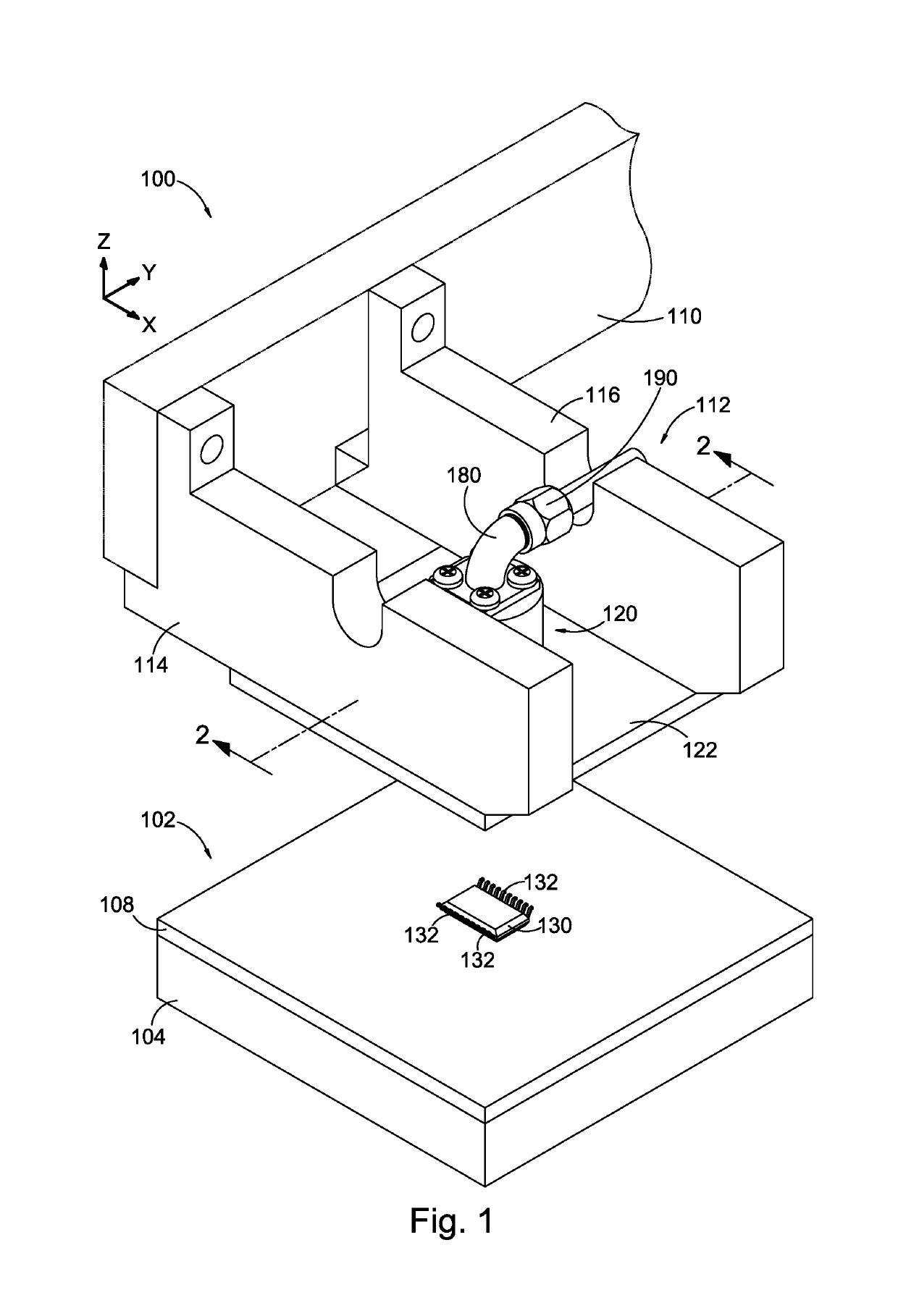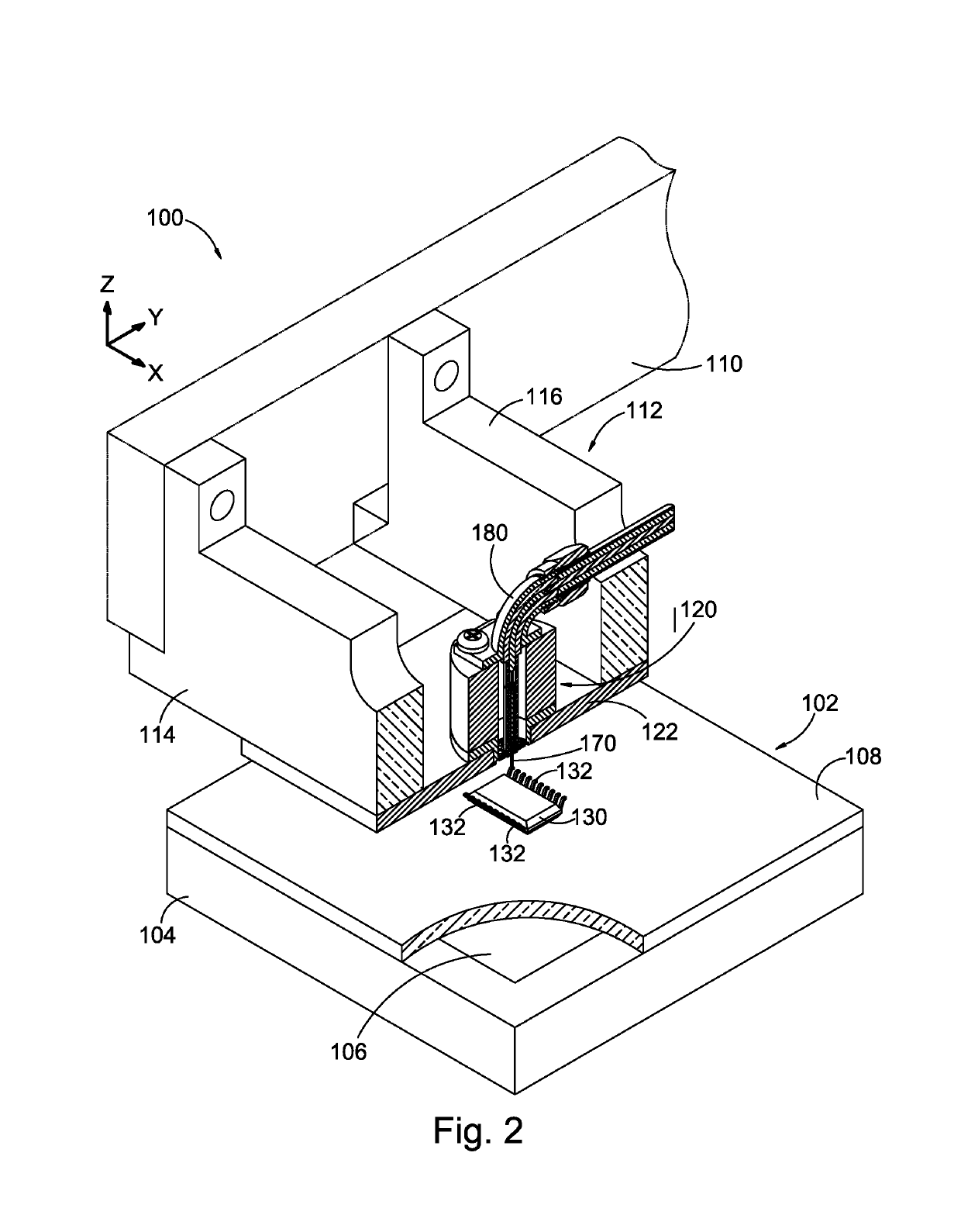Current sensor having microwave chip resistors in parallel radial arrangement
a current sensor and resistor technology, applied in the field of current sensor with microwave chip resistors, can solve the problems of reducing the dielectric constant of materials, unable to develop practical specifications for individual components of conventional cdm testers, and difficulty in identifying individual component responses in time domain. to achieve the effect of increasing the resistance of the resistor
- Summary
- Abstract
- Description
- Claims
- Application Information
AI Technical Summary
Benefits of technology
Problems solved by technology
Method used
Image
Examples
Embodiment Construction
[0045]A current sensor having microwave chip resistors in parallel radial arrangement is disclosed in the attached drawings and is described below. The embodiment is disclosed for illustration of the current sensor having microwave chip resistors in parallel radial arrangement and is not limiting except as defined in the appended claims.
[0046]Most semiconductor integrated circuits (ICs) include electrostatic discharge (ESD) protection circuitry. Certain industry standards groups require testing of the protective circuitry for parts qualification. FIGS. 1-3 illustrate a schematic representation of portions of a CDM (charged device model) tester 100 into which the current sensor described herein may be incorporated. The CDM tester operates in a known conventional manner to measure the discharge of a charged device under test (DUT) when one of the leads of the DUT contacts a conductive material, which simulates an actual ESD threat.
[0047]Only the pertinent portions of the CDM tester 10...
PUM
 Login to View More
Login to View More Abstract
Description
Claims
Application Information
 Login to View More
Login to View More - R&D
- Intellectual Property
- Life Sciences
- Materials
- Tech Scout
- Unparalleled Data Quality
- Higher Quality Content
- 60% Fewer Hallucinations
Browse by: Latest US Patents, China's latest patents, Technical Efficacy Thesaurus, Application Domain, Technology Topic, Popular Technical Reports.
© 2025 PatSnap. All rights reserved.Legal|Privacy policy|Modern Slavery Act Transparency Statement|Sitemap|About US| Contact US: help@patsnap.com



